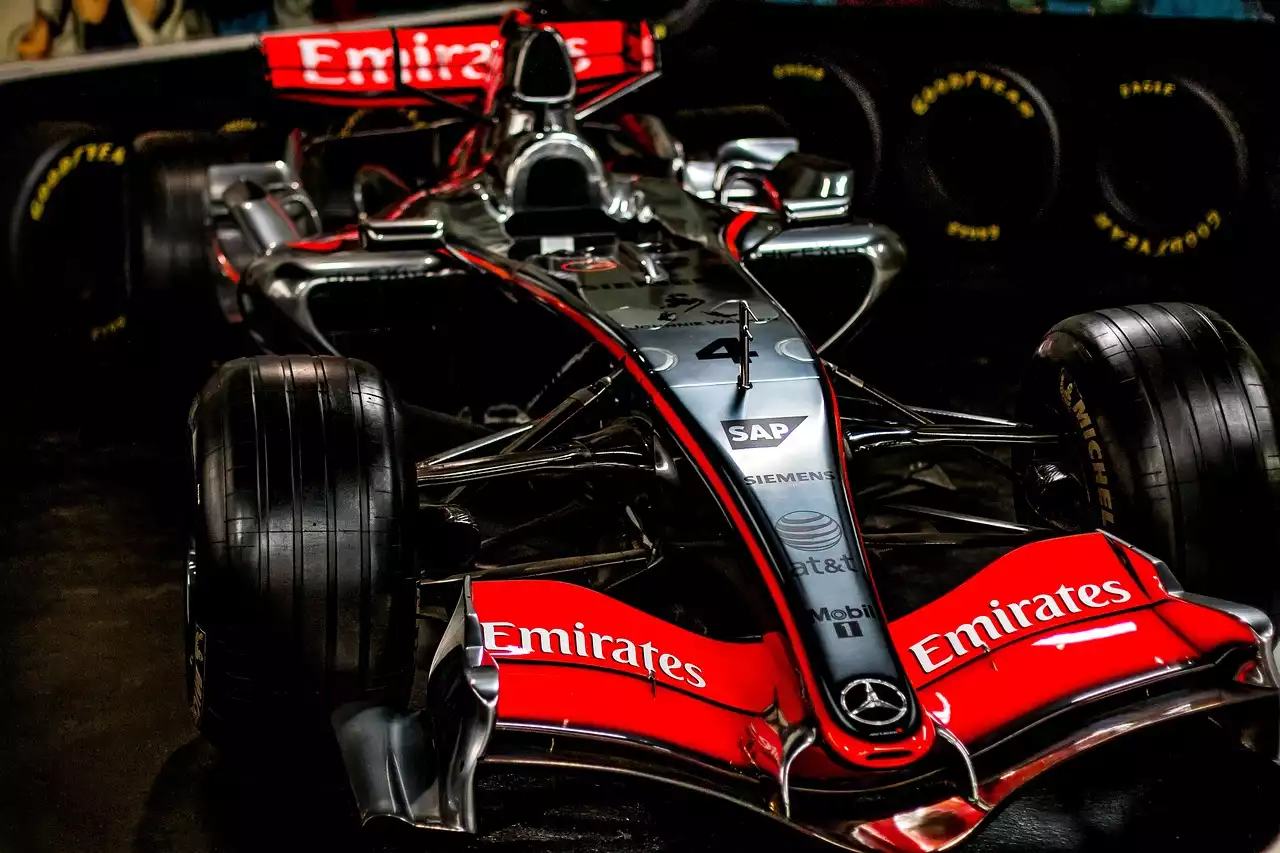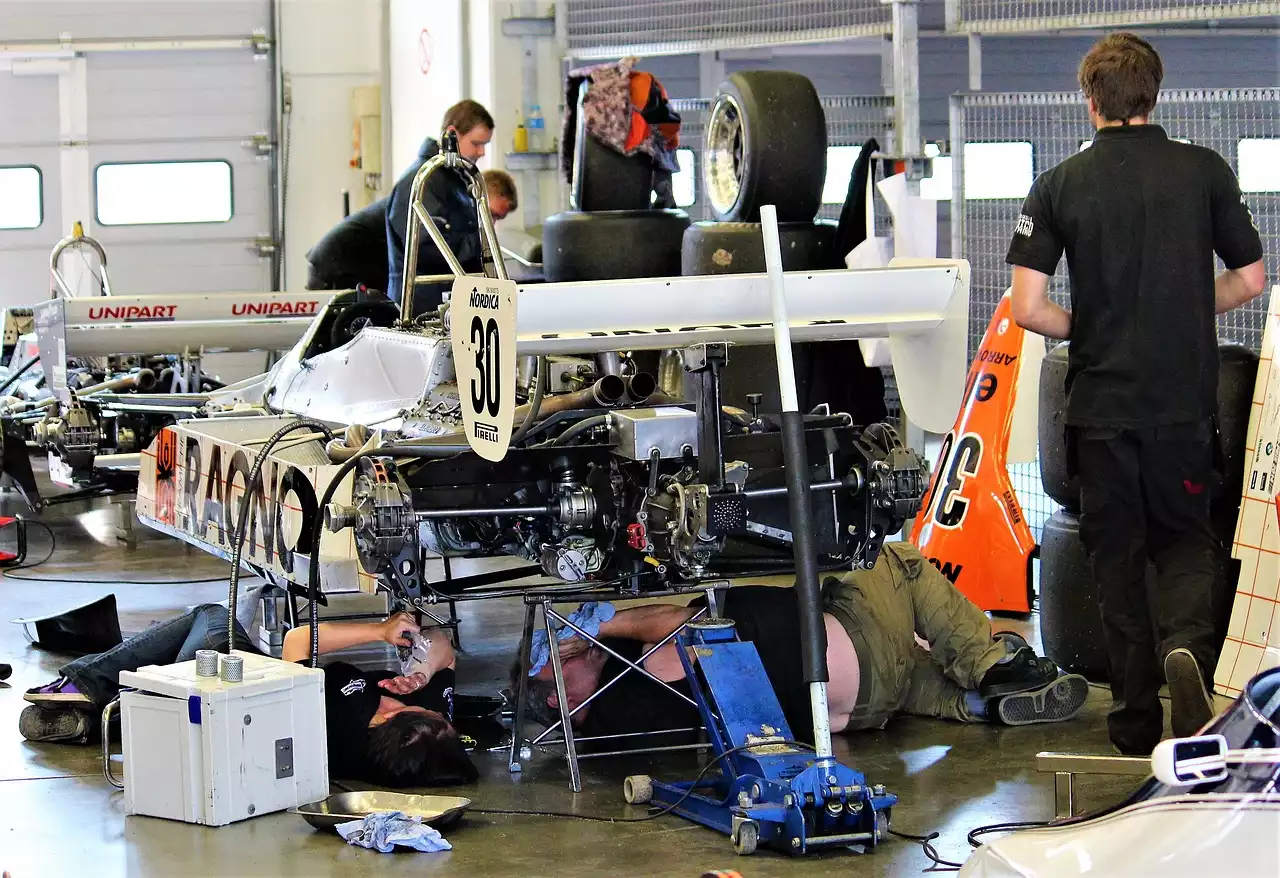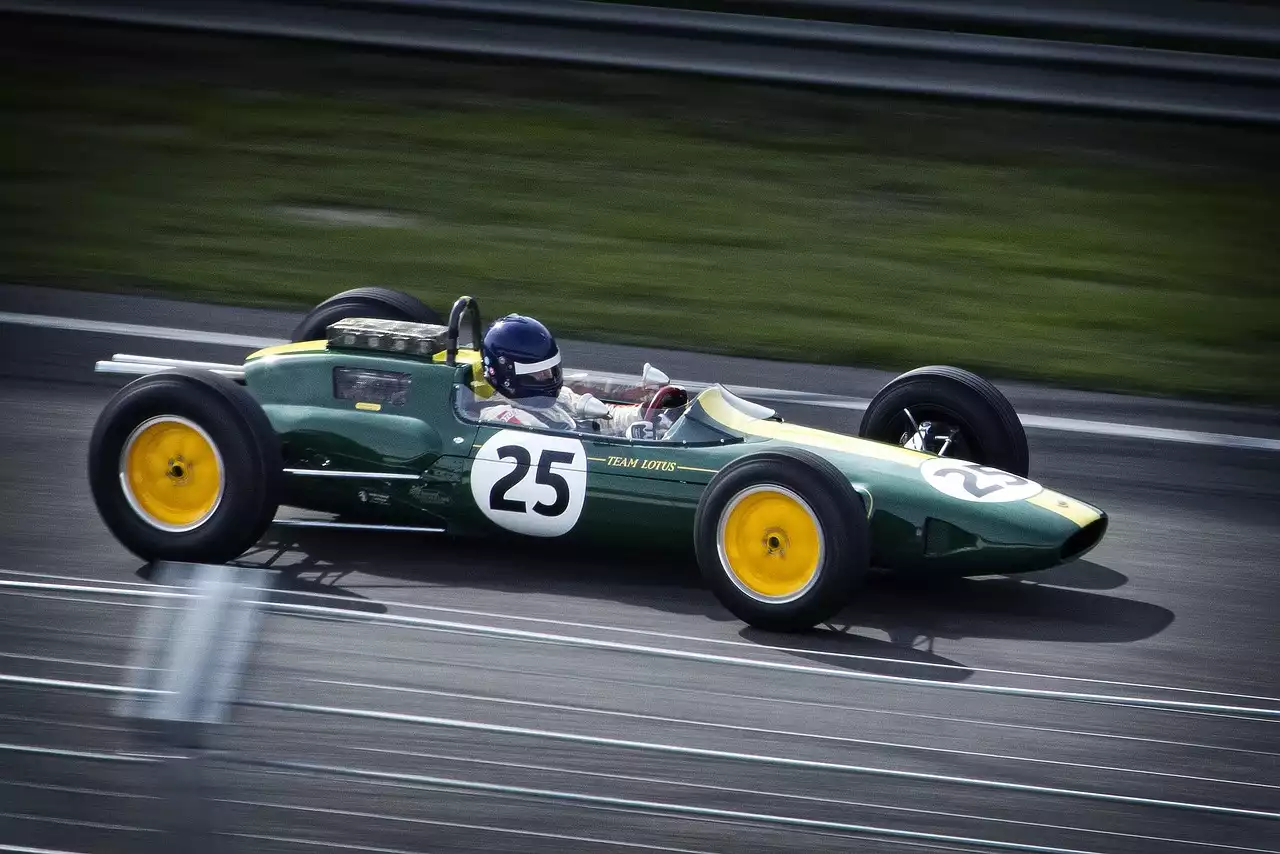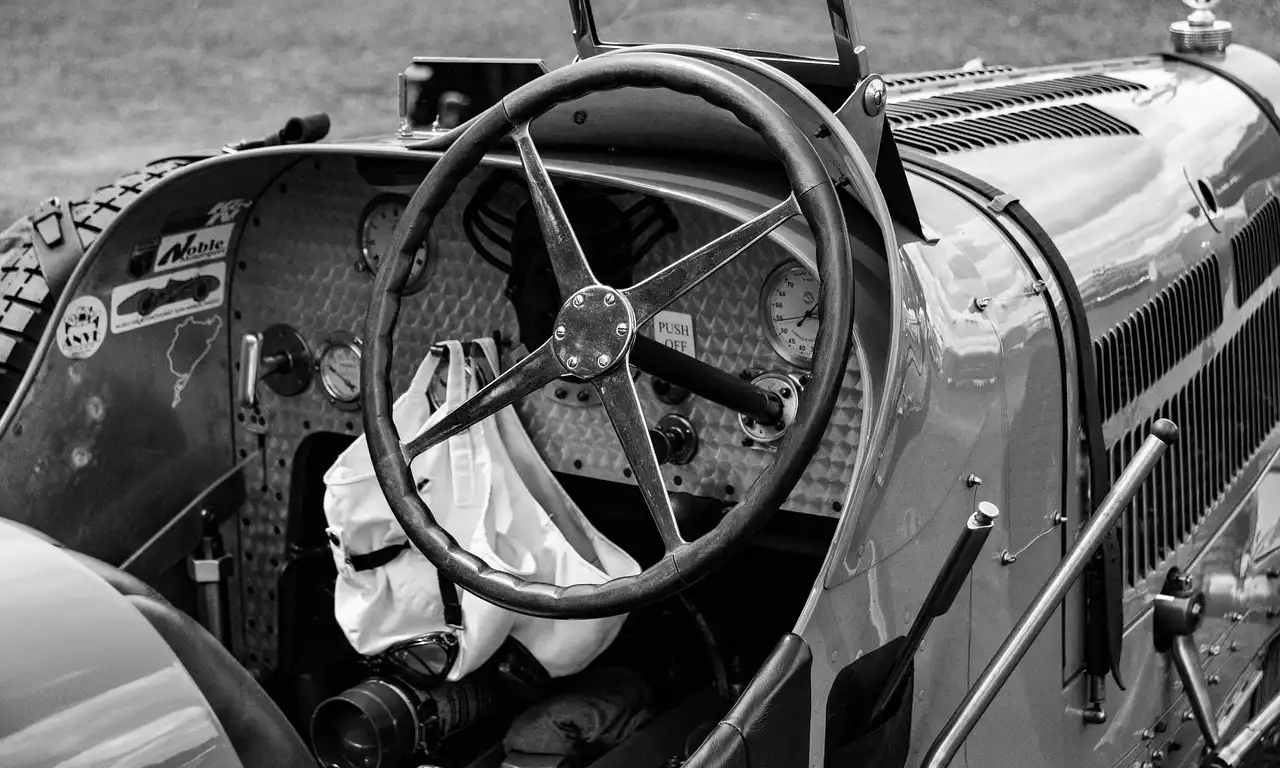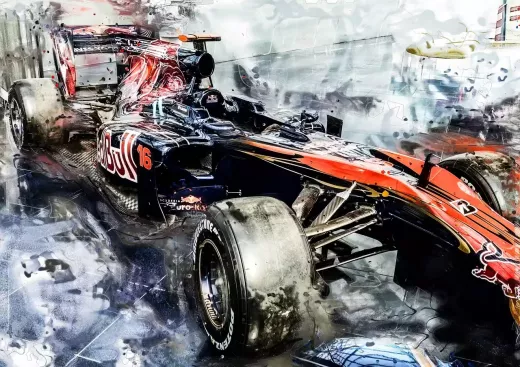History of the Indianapolis 500
The Indianapolis 500 has a rich history that dates back to 1911 when the first race was held. The inaugural race was won by Ray Harroun, who drove a Marmon Wasp. Since then, the race has become a beloved annual tradition that captures the hearts and minds of racing fans everywhere.
Over the years, the Indy 500 has seen many changes, from the type of cars used to the number of laps in the race. The race has also seen many legendary drivers, such as A.J. Foyt, Mario Andretti, and Rick Mears, who have left their mark on the sport. The Indianapolis Motor Speedway, the home of the Indy 500, has also undergone many renovations to keep up with the times while still preserving its rich history.
The Importance of the Indy 500 in the IndyCar Championship
The Indy 500 is the most important race in the IndyCar Championship. It is worth double points, which means that a driver who wins the race can earn 100 points, which is almost as much as a driver can earn in a single race during the regular season. This gives drivers a chance to make up ground in the standings and to establish themselves as serious contenders for the championship.
Winning the Indy 500 is also a mark of prestige and honor. It is a race that every driver dreams of winning at some point in their career. The winner of the Indy 500 is immortalized in the history of the sport and becomes a part of the fabric of racing lore.
Famous Moments in Indy 500 History
The Indy 500 has seen many iconic moments that have become part of the sport's mythology. One of the most famous moments in the race's history occurred in 1967 when A.J. Foyt won his third Indy 500. Foyt's car was damaged during the race, and he was forced to make a pit stop to fix it. He managed to catch up to the leaders and overtake them to win the race.
Another famous moment occurred in 1989 when Emerson Fittipaldi won the race. Fittipaldi had been involved in a crash earlier in the race and had fallen behind. He managed to catch up to the leaders and took the lead with just two laps to go. Fittipaldi went on to win the race, becoming the first driver from Brazil to win the Indy 500.
These moments, along with many others, have become part of the lore of the Indy 500. They are moments that racing fans will never forget and that continue to inspire new generations of drivers.
The Impact of Technology on the Indy 500
Technology has played a significant role in the evolution of the Indy 500. From the early days of the race when cars were simple and mechanical to today's high-tech machines, technology has been a driving force behind the sport's evolution.
One of the most significant changes in the sport has been the introduction of aerodynamics. Cars are now designed to be as aerodynamic as possible to reduce drag and increase speed. The introduction of turbocharged engines in the 1960s also had a significant impact on the sport. These changes have made the cars faster and more efficient, but they have also made the sport more dangerous.
Technology has also played a significant role in safety. Over the years, safety measures have been introduced to make the sport safer for drivers. The introduction of the SAFER barrier in 2002, for example, has significantly reduced the risk of serious injury in crashes.
The Drivers to Watch in This Year's Race
The Indy 500 always attracts the best drivers in the world, and this year is no exception. There are several drivers to watch in this year's race, including defending champion Takuma Sato and former champions Scott Dixon and Helio Castroneves.
Some of the most exciting drivers in the race include Colton Herta, who won the pole position, and Romain Grosjean, who is making his debut in the race. Other drivers to watch include Alexander Rossi, Simon Pagenaud, and Josef Newgarden.
The race is always unpredictable, and anything can happen on race day. But one thing is for sure: the drivers will be giving it their all to capture the checkered flag and to make their mark in the history of the sport.
The Future of the Indy 500 and IndyCar Championship
The future of the Indy 500 and the IndyCar Championship is bright. The sport continues to evolve and grow, attracting new fans and drivers every year. The introduction of hybrid engines in 2023 is just one example of the sport's commitment to innovation and sustainability.
The Indy 500 and the IndyCar Championship will continue to be a vital part of the world of motorsports, inspiring new generations of drivers and fans. The future of the sport is in good hands, and fans can look forward to many more years of exciting racing.
How to Attend the Indy 500
Attending the Indy 500 is an unforgettable experience. Fans from all over the world come to Indianapolis to witness the spectacle of the race and to soak up the atmosphere of the event.
Tickets for the race can be purchased online or at the Indianapolis Motor Speedway. There are various ticket options available, ranging from general admission to VIP packages. The race is held on Memorial Day weekend, and there are many events and activities leading up to the race, including concerts, autograph sessions, and driver appearances.
Fans can also take part in the traditional pre-race activities, such as the singing of "Back Home Again in Indiana" and the release of balloons. Attending the Indy 500 is a once-in-a-lifetime experience that every racing fan should have.
Behind the Scenes of the Indy 500
The Indy 500 is not just a race. It is a massive production that requires months of planning and preparation. Behind the scenes, there are hundreds of people working to make the event a success.
From the track crew to the TV production team, everyone plays a vital role in ensuring that the race runs smoothly. The drivers themselves also play a significant role in the production, as they have to work closely with their teams to prepare their cars and to strategize for the race.
The Indy 500 is a massive undertaking, but it is all worth it when the checkered flag falls, and the winner is crowned.
The Economic Impact of the Indy 500 on Indianapolis
The Indy 500 is not only a significant event in the world of motorsports, but it also has a significant economic impact on the city of Indianapolis. The race brings in millions of dollars in revenue every year, from ticket sales to hotel bookings and restaurant reservations.
The race also creates jobs for thousands of people, from hotel staff to taxi drivers. The economic impact of the Indy 500 is felt throughout the city, and it is a vital part of the local economy.
